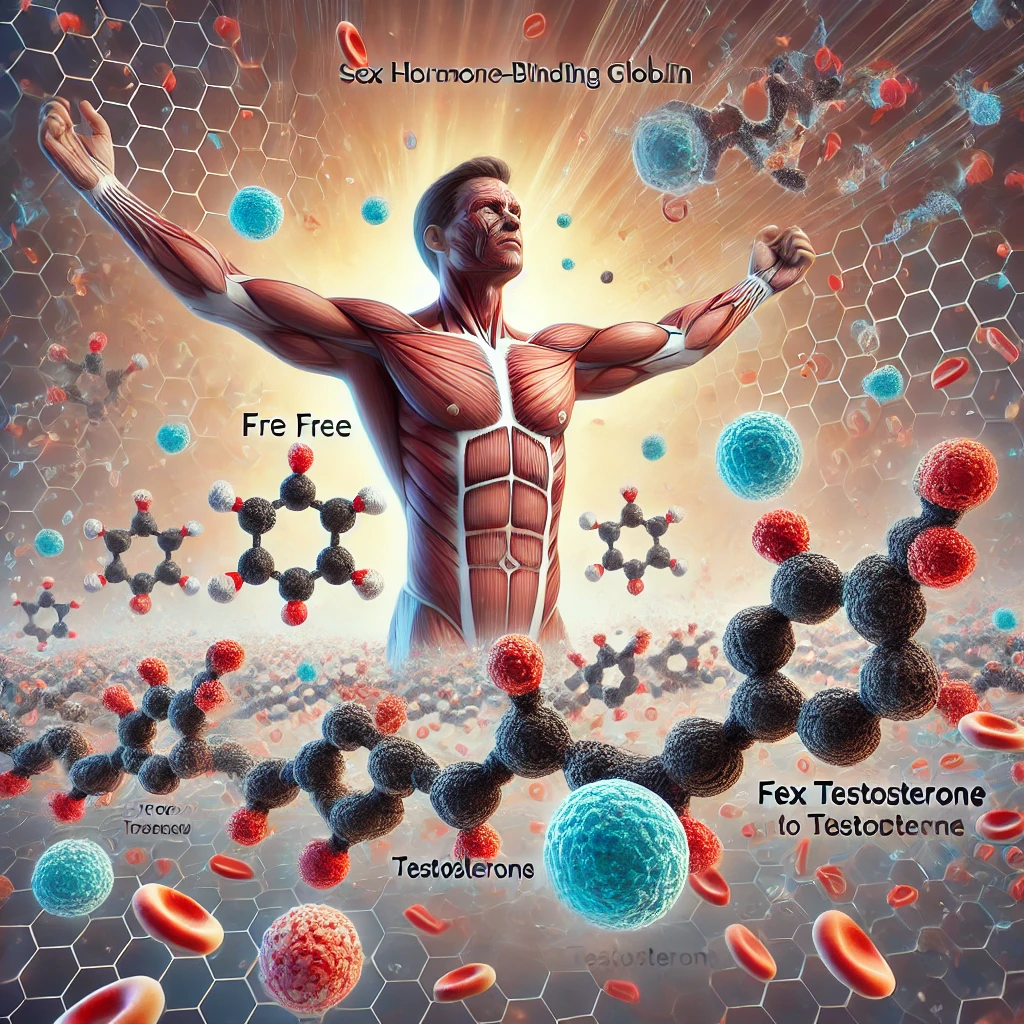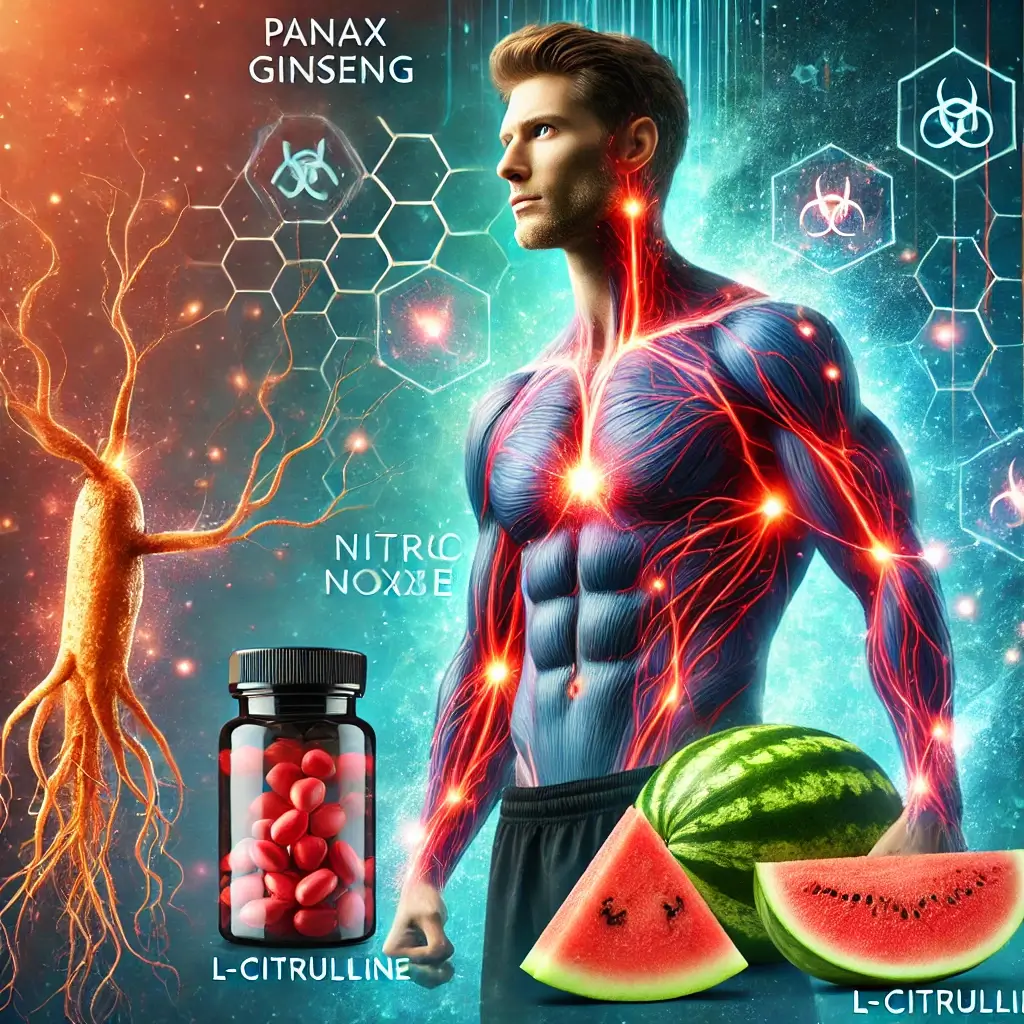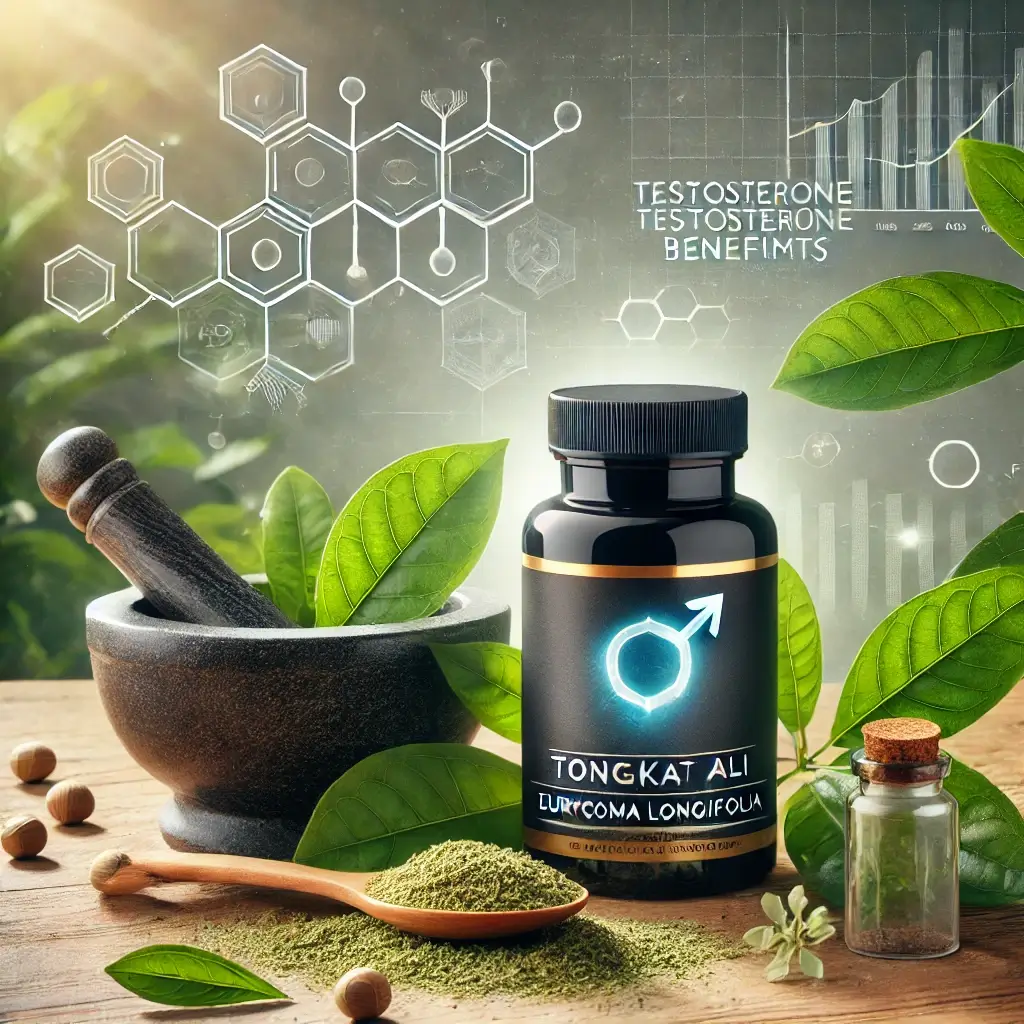Decoding the SHBG-Testosterone Connection: What Every Man Should Know
Understanding Sex Hormone-Binding Globulin (SHBG)
Sex hormone-binding globulin, sometimes known as SHBG, is a protein. Although sex hormone-binding globulin (SHBG) indeed binds to testosterone, it is essential to understand the function of this protein:
The Role of SHBG in Hormone Regulation
SHBG, which stands for “Sex Hormone Binding Globulin,” is a protein made by the liver. It controls the bioavailability of sex hormones, mainly testosterone, in the body. SHBG binds both active and inactive forms of testosterone.
Types of Testosterone: Free and Bound
In addition to free testosterone, this protein can bind to SHBG-bound testosterone. Both types of testosterone are associated with this protein. The active version of the hormone that is readily available for use by the body’s tissues is referred to as free testosterone. The form of testosterone that can directly interact with and influence the functions of organs and cells is called agonist testosterone.
Free Testosterone: The Active Form
When testosterone is not linked to SHBG, it is termed free. The body can employ it for a variety of physiological activities, including maintaining muscle mass, regulating sex drive, and promoting bone health.
SHBG-Bound Testosterone: The Inactive Form
On the other hand, the form of the inactive hormone is considered to be SHBG-bound testosterone. When testosterone is linked to SHBG, it becomes less accessible to the body’s cells and tissues, making it less effective for their usage. This is because the binding of SHBG to testosterone creates a barrier that hinders testosterone from easily interacting with the target receptors in the body. The testosterone attached to SHBG is effectively trapped, and it cannot exercise its full biological effects.
The Importance of Hormone Balance
Maintaining ideal hormone levels and ensuring the proper functioning of many biological systems requires a balance between free testosterone and SHBG-bound testosterone. This balance is essential for maintaining optimal hormone levels because the levels of SHBG and, as a result, the amount of free testosterone available in the body can be affected by a variety of factors, including age, gender, and certain medical disorders.
SHBG and Testosterone: A Complex Relationship
To identify and treat problems that are associated with hormonal imbalances, medical personnel need to have a solid understanding of the relationship that exists between SHBG and the various types of testosterone. Despite being attached to SHBG, testosterone is not fully inactive. This is because SHBG does not completely eradicate testosterone. In response to the body’s demand for testosterone, it functions as a reservoir, gradually releasing part of the hormone into circulation.
SHBG as a Testosterone Carrier
One example is as follows: SHBG can be thought of as a carrier protein for transporting testosterone through the bloodstream. SHBG is responsible for transporting certain testosterone molecules, whereas others are free to move around (or are unbound and accessible for usage). Additionally, the SHBG-bound testosterone is not completely pointless; rather, it is merely a temporary storage unit that has a mechanism for gradual release.
The Impact of SHBG Levels on Testosterone Readings
A greater SHBG level can result in a higher total testosterone reading in a blood test. Still, it can also lead to a lower proportion of free testosterone. This is the impact that SHBG levels have on testosterone levels. As a result, the amount of free testosterone circulating decreases since more testosterone is bound to SHBG.
Obesity, SHBG, and Testosterone Levels
Regarding the relationship between weight and SHBG, you previously mentioned that obesity is linked to elevated levels of SHBG. This might result in a situation in which a man may have a normal or even high total testosterone reading on a blood test but a lower level of free testosterone available for the body to use (also known as “free testosterone availability”). This may be a factor in the development of symptoms associated with low testosterone, such as diminished libido or erectile dysfunction.
Assessing Testosterone Status in Men
This is what it means to follow: When determining a man’s testosterone status, a physician will normally take into account both the total testosterone level and the SHBG level. Even if the total testosterone level is within the normal range, a high SHBG level may suggest that the body has a relative lack of free testosterone.













